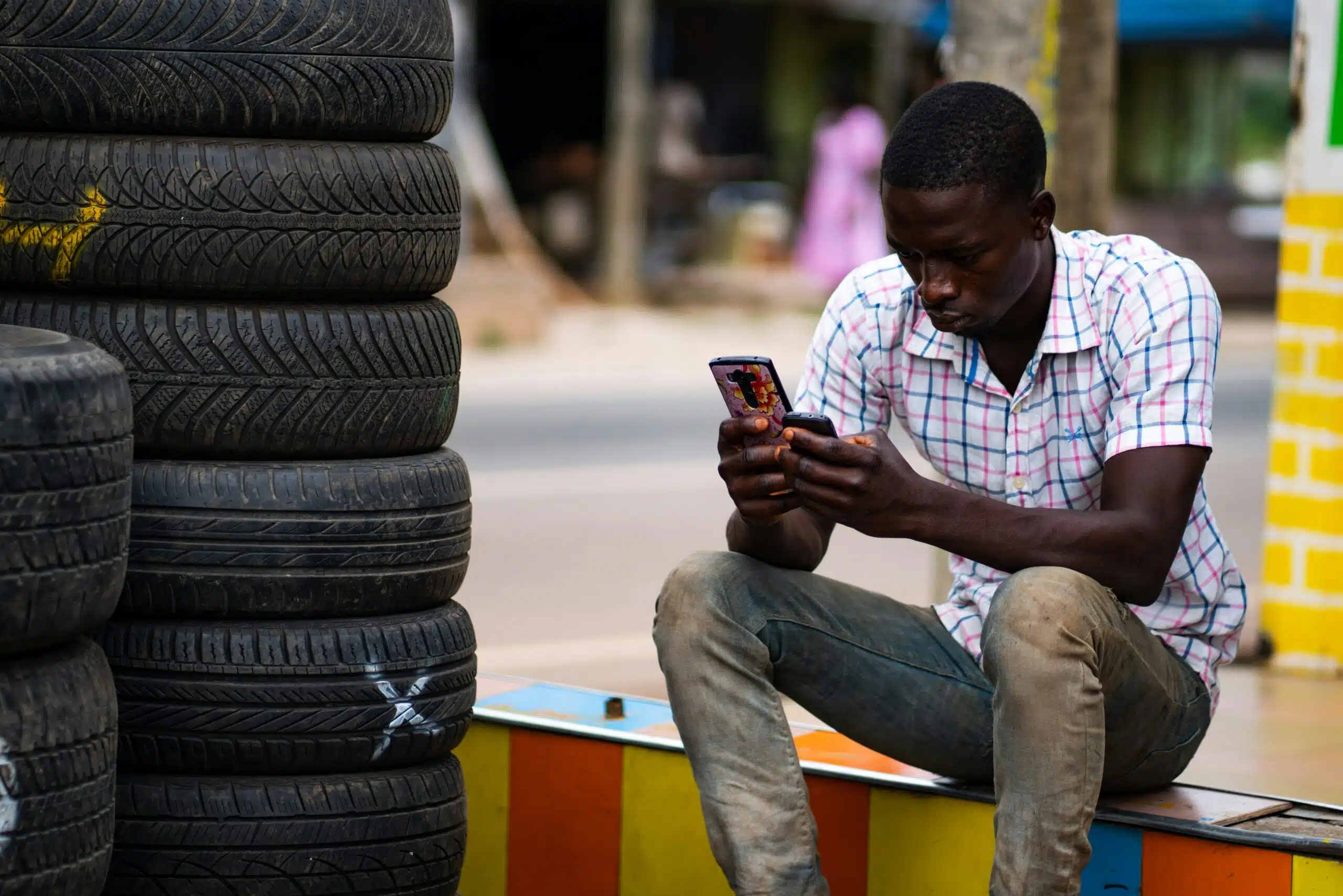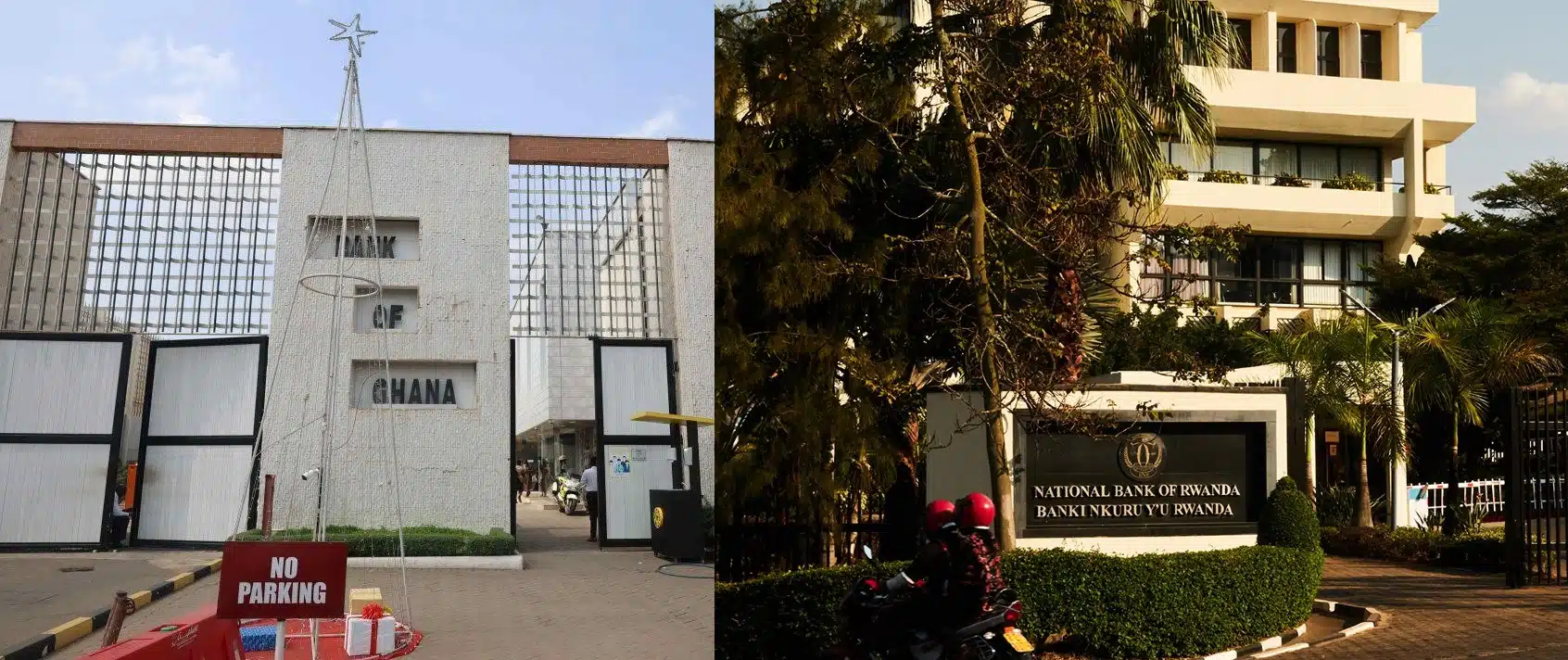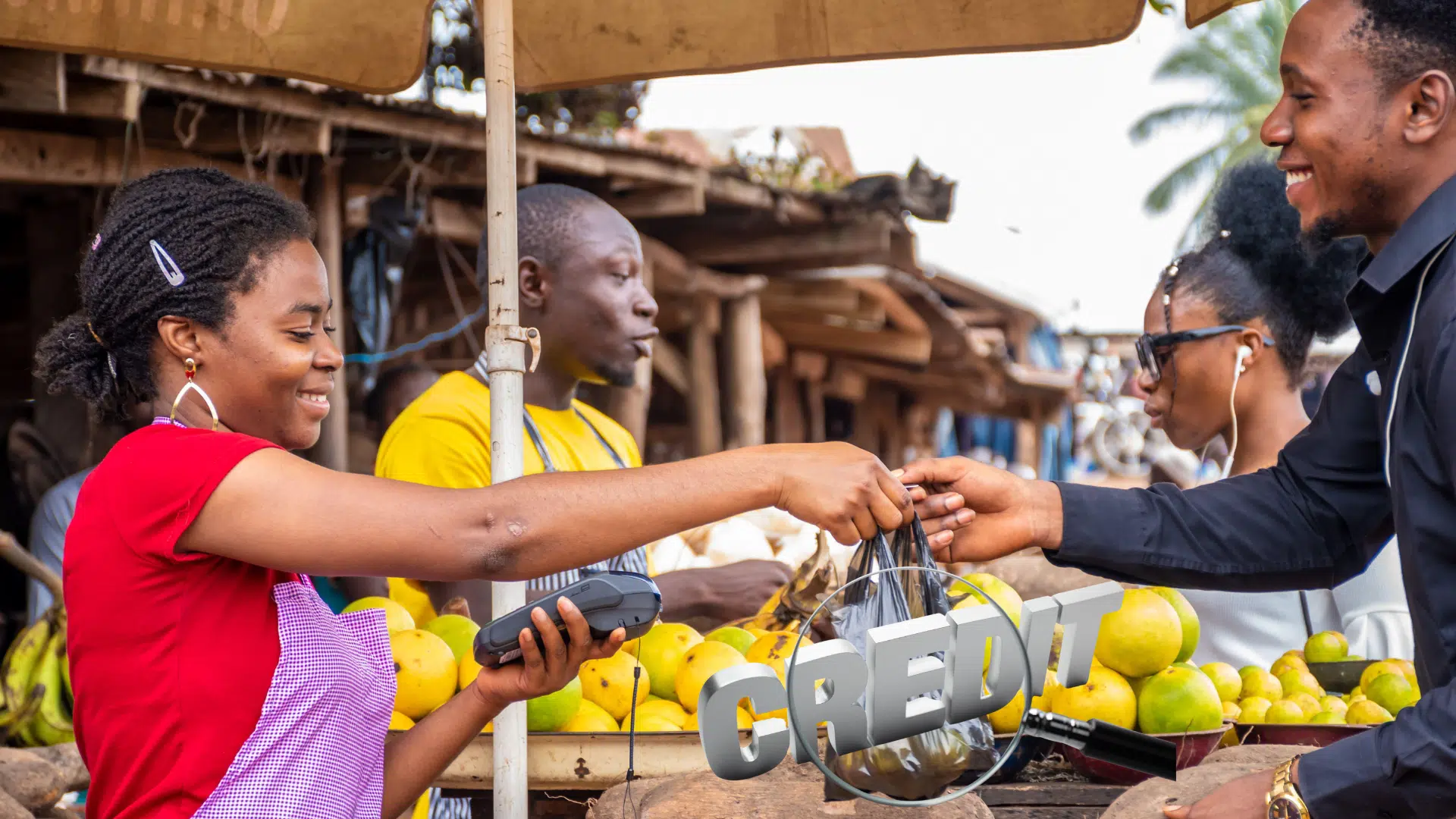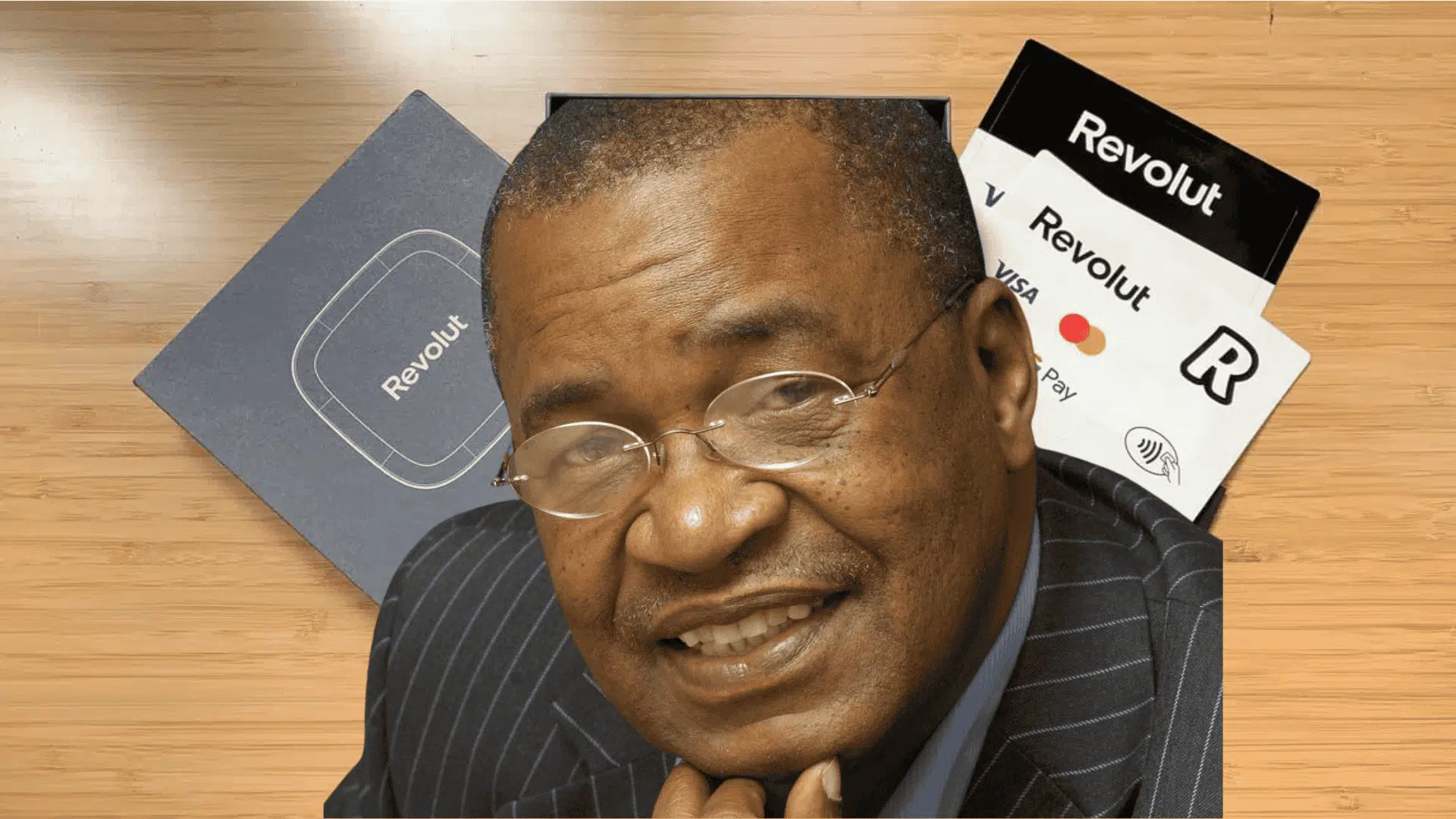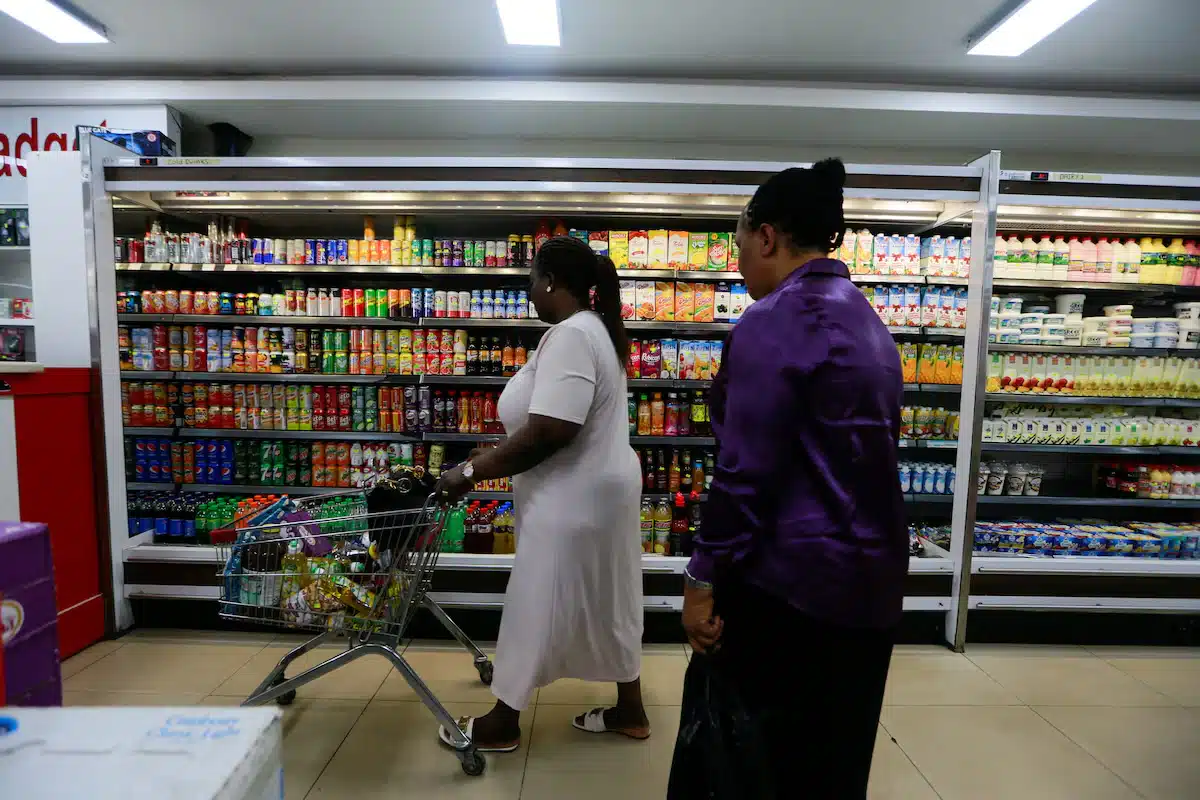Senegal’s government is betting that a new levy on mobile money can help plug a widening fiscal hole. The draft reform would apply a 0.5% tax on every mobile money transfer, a 1.5% tax on merchant payments, plus an additional 2% fee charged to merchants, with the state expecting to raise around CFA 220–230 billion ($388–$405 million) over three years to finance its 2025–2028 Economic and Social Recovery Plan.
But regional evidence, and Senegal’s own path, suggest this tax could introduce structural risks to the foundations of its financial system.
“Mobile money is not a luxury in Senegal, it is the financial bloodstream of the nation,” says Mamadou Diagne, a Dakar-based payments-policy expert who requested anonymity.
A digital infrastructure carrying the real economy
Mobile-driven financial services power a significant share of Africa’s economic activity. In 2023 alone, mobile money contributed approximately $190 billion to SSA’s GDP—up from $150 billion in 2022, per GSMA’s State of the Industry Report on Mobile Money.
Globally, mobile money platforms processed roughly $1.68 trillion in 2023, with East Africa, South East Asia, and West Africa among the fastest-growing regions.
Senegal is one of the major hubs of this transformation. Research from the Alliance for Financial Inclusion (AFI) finds that 55% of Senegalese adults use digital financial services, and 59% of financially included women rely exclusively on mobile money — highlighting how deeply digital wallets have penetrated everyday life.
On the system side, the Central Bank of West African States (BCEAO) reported 209 million electronic money accounts in the West African Economic and Monetary Union (WAEMU) in 2023, up 33% year-on-year. Electronic money institutions now hold 73.1% of all accounts across the union.
In Senegal alone, authorities counted 29.2 million electronic money accounts in 2022, more than double earlier-decade levels — outpacing bank accounts several times over. The proposed tax rule is bound to affect this.
The how and why of Senegal’s mobile money tax
The draft tax applies not to operator revenues or profits, but to the value of each transaction, irrespective of user type or income level.
“Taxing the value of transactions rather than the revenue of service providers goes against principles of fair and efficient taxation,” Diagne says. “In practice, users, mostly low-income households making frequent small payments, will bear the cost.”
Officials have positioned the measure as a response to an urgent fiscal gap. Senegal faces public debt ratios above 100% of GDP after previously undisclosed obligations were uncovered. According to IMF statements, this discovery led the Fund to suspend a $1.8 billion financing package, pushing Dakar to rely more heavily on regional bond markets.
From a revenue standpoint, a tax on high-volume digital flows sounds compelling. But experts like Diagne argue that mobile money is not a traditional tax handle, it is a critical social and economic infrastructure.
Lessons from Uganda and Tanzania: usage falls, revenue underperforms
Several African markets provide data points on what can happen when governments tax digital payment volumes directly.
In 2018, Uganda enforced a 1% tax on all mobile money transactions was introduced, later reduced to 0.5% after public backlash. GSMA analysis found that peer-to-peer mobile money transaction values fell by 50% immediately, with recovery taking at least a year.
A UNCDF study found the tax disproportionately affected low-income users, who reduced usage rather than switching to alternative channels. Additionally, an International Growth Centre study showed that Uganda’s tax reshaped user behaviour, pushing customers towards banking agents or alternative non-digital channels.
In 2021, Tanzania’s mobile money levy produced initial revenues but triggered public dissatisfaction and declining transaction volumes, prompting a partial rollback.
Across these cases, GSMA warns that poorly designed mobile money taxes tend to reduce usage, disincentivise digital adoption, and ultimately shrink the tax base, undermining the goal of revenue expansion.
This international pattern is reflected in Diagne’s own assessment: “Once digital transactions become more expensive, people revert to cash. Cash invites opacity and reverses the gains Senegal has made in public-sector digitalisation.”
Knock-on effects on employment, remittances
Mobile money is also a major employer. GSMA estimates that mobile money creates 1.9 million active and up to 3.3 million registered agent jobs in sub-Saharan Africa.
Another GSMA study finds that more than 70% of young informal workers engaged in the mobile industry operate in mobile money services and distribution, highlighting the sector’s role as a youth employment engine.
According to Diagne, this makes Senegal’s agent network vulnerable: “Transaction volumes determine agent income. Any fall in digital usage threatens earnings for thousands of young Senegalese already navigating a tight labour market.”
Senegal is consistently one of the region’s most remittance-dependent economies. Data from the World Bank and FRED indicate that remittance inflows hover around 10–11% of GDP, forming a crucial household buffer.
While the government exempts international remittances from the tax, all domestic digital transactions involving remitted funds would still be taxed once the money begins circulating — a concern that Diagne highlights in relation to low-income households and frequent micro-transfers.
Digital channels are also now embedded in public service delivery. AFI notes that digital financial services helped digitise workers’ payments and create more accessible public services in Senegal. If digital usage drops, analysts warn of a likely shift back to crowded payment points, cash-based transactions, and slower service delivery — the very inefficiencies digitalisation was designed to address.
The broader fiscal question
Senegal’s fiscal pressures are real. The discovery of previously undisclosed liabilities pushed public debt above 100% of GDP, prompting the International Monetary Fund to suspend its USD 1.8 billion support programme and forcing the government to seek deeper financing from regional markets.
While the need for additional revenue is undisputed, international evidence and GSMA research indicate that transaction-based mobile money taxes tend to be regressive, distortive, and likely to yield less revenue than projected.
According to analysts, the central challenge is not whether Senegal should mobilise new revenue but how to do so without undermining the digital systems that have supported inclusion and economic productivity.
In Diagne’s view, a more credible pathway lies in strengthening digital tax administration, widening the base of formalised economic activity, and improving compliance through the country’s existing digital-ID and e-tax infrastructure. Nigeria, one of West Africa’s largest economies, is towing that path with digitally led fiscal reforms, as well as its subnationals.
Diagne also point to the potential of taxing operator revenues and high-margin services, rather than low-value consumer payments, as well as accelerating the digitalisation of government collections and public payments, which in many countries has generated more stable fiscal gains than taxing everyday digital transactions.
“Senegal has an opportunity to design a more coherent fiscal strategy that protects citizens while stabilising state revenue,” Diagne says. “Choosing a transaction tax on mobile money is not such a strategy.”
Evidence suggests that Senegal’s fiscal recovery is more likely to come from modernising tax collection and expanding the formal economy, not from taxing the digital rails that underpin it. The decisions Dakar takes in the coming months will determine whether it reinforces or erodes the financial foundations of its digital economy at a pivotal moment.

